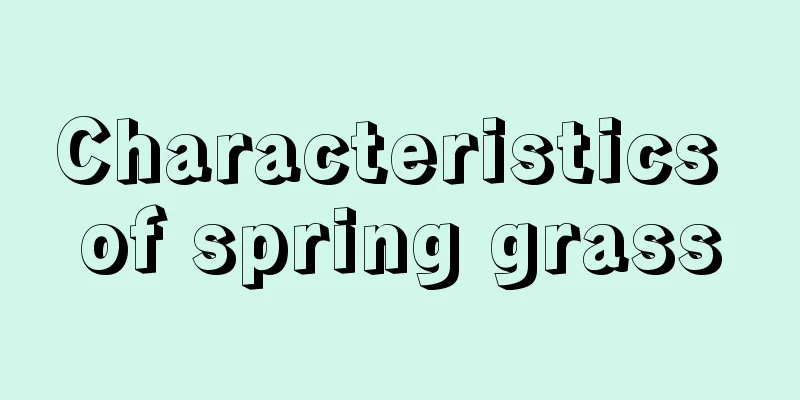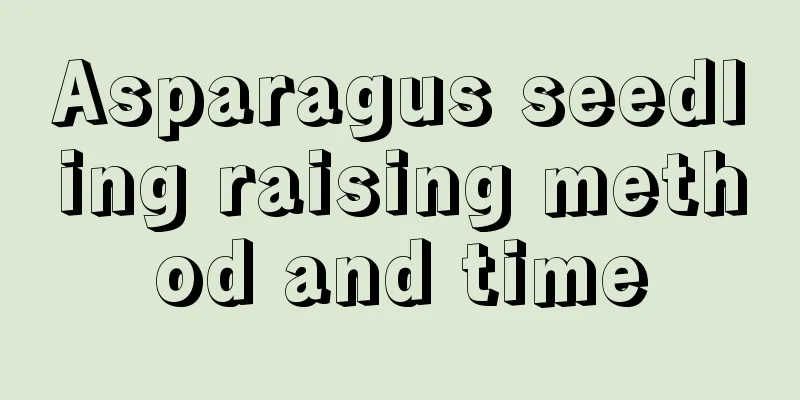How to raise Populus euphratica

1. Breeding environment1. Soil: Populus euphratica prefers loose sandy soil. If it uses relatively sticky soil, it will affect its growth. 2. Water: When growing Populus euphratica, the soil must be kept moist, so water it appropriately. Only when the soil remains moist can it grow stronger. If it is not watered for a long time and the soil becomes dry, it will grow poorly. 3. Light: Populus euphratica likes sunlight, so ensure that there is sufficient light when growing it. 2. Breeding MethodsPopulus euphratica is generally propagated by sowing, and the survival rate of cuttings is very low. In July and August every year, after the fruit clusters turn yellow, choose healthy mother plants to collect the fruit clusters, then dry them and remove the seeds. Then choose sandy soil with good drainage, and the seeds are generally mixed with fine sand and sown in rows or broadcast. 3. Common pests and diseasesLeaf rust is the most common disease of Populus euphratica. In the early stage of the disease, there will be light yellow spots on the leaves, which will continue to grow. If the disease is serious, the leaves will die. Therefore, timely prevention and control are necessary. You can spray it with oxycarboxin. During normal maintenance, you should remove weeds in time and apply fertilizers reasonably to improve its disease resistance. |
Recommend
How to sow dandelion seeds
Temperature preparation: Mature dandelion seeds h...
Can coffee water be used to water flowers? What plants and flowers are suitable for watering?
Can coffee water be used to water flowers? Coffee...
How to fertilize spring fern
Fertilization methods are different in different ...
Roselle cultivation methods and precautions
The cultivation light of Roselle Roselle is a pla...
Do roses need watering every day?
Do you water roses every day? Roses can be watere...
What to do if the leaves of bougainvillea turn black
1. Excessive watering If you always water it with...
How to fertilize geraniums
What fertilizer to apply Geraniums like fertilize...
How to grow the lucky flower to make it red
1. Temperature Temperature is one of the importan...
What are the cultivation methods and precautions of lucky water bamboo?
How to cultivate lucky water bamboo Lucky water b...
If your flowers and plants have these problems, treat them immediately, otherwise you will regret it!
Leaf spots (Author: Nong Botong Source: I can pla...
Is Sea Tiger Orchid poisonous?
1. Is it poisonous? Sea tiger orchid is not poiso...
How to grow Michelia in a pot
Soil requirements Michelia has fleshy roots and r...
How to make the green radish grow vines
1. Methods: 1. Watering: Green ivy generally need...
How to water lucky bamboo
1. Watering method for soil culture Lucky bamboo ...
What is the Christmas flower?
Which flower is it? In fact, this seemingly myste...









